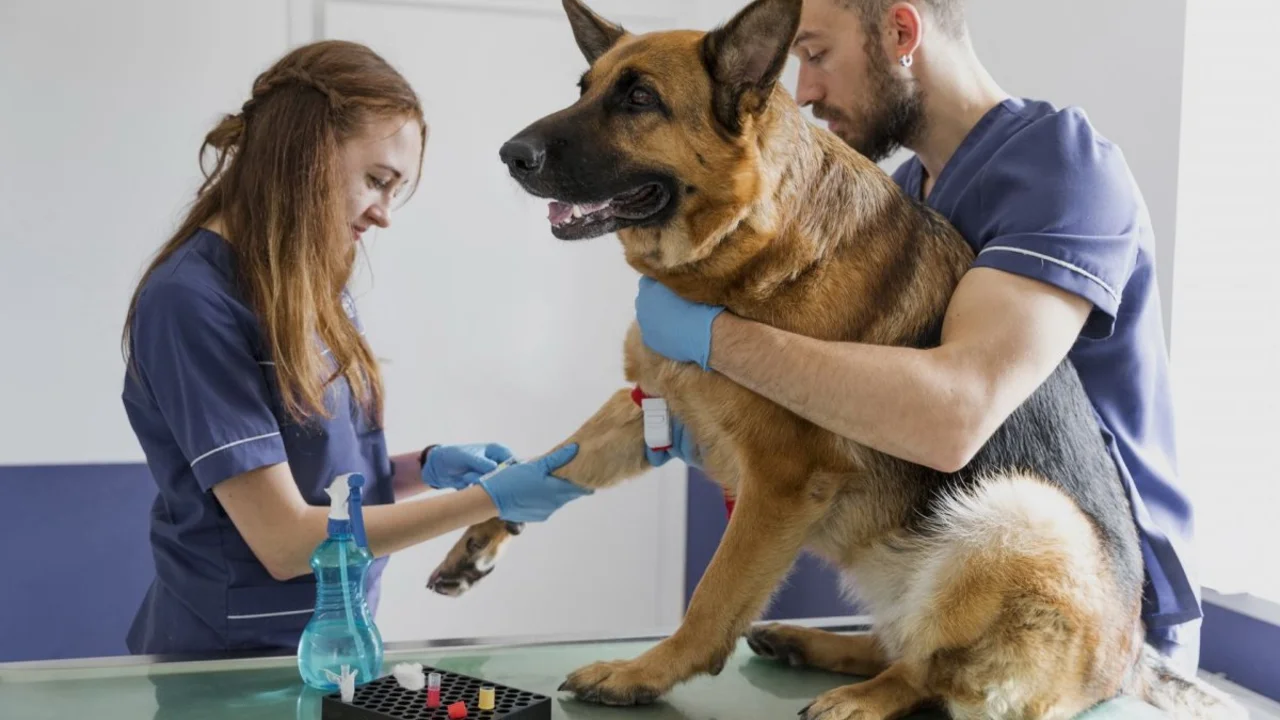Dogs: Easy Care and Health Tips for Every Owner
Having a dog is a lot of fun, but it also means you need to know the basics to keep your buddy feeling good. From what to eat to how to stay active, the right habits make a big difference. Below are simple, down‑to‑earth tips you can start using right now.
Feeding and Nutrition
Start with a balanced diet that matches your dog's age, size, and activity level. Puppies need more calories and protein, while senior dogs do better with easy‑to‑digest food. Look for a label that lists a real meat source first, and avoid meals loaded with fillers like corn or soy.
Measure the food each day and stick to a routine. Dogs love consistency, and a set feeding time helps prevent weight gain. If you add treats, keep them under 10 percent of daily calories. Fresh veggies like carrots or green beans make a crunchy, low‑calorie snack.
Training and Exercise
Exercise isn’t just a walk; it’s mental stimulation, too. A 30‑minute walk, a game of fetch, or a quick run in the yard keeps muscles strong and minds sharp. Adjust the length based on breed and age—big, active dogs need more, while older pups need shorter, slower outings.
Training works hand‑in‑hand with exercise. Teach basic commands like sit, stay, and come using short, positive sessions. Use treats or a favorite toy as a reward, and keep the tone upbeat. Consistency beats length; five minutes a day is better than a long, confusing hour once a week.
Regular vet check‑ups keep health issues in check. Schedule a visit at least once a year for vaccines, dental clean‑up, and weight checks. If you notice a change in appetite, energy, or bathroom habits, call the vet early—catching problems fast is easier on both you and your dog.
Keep your dog's coat healthy with weekly brushing. Short‑haired dogs need less work, but all dogs benefit from removing loose hair and checking for ticks or skin irritations. A gentle bath every few months, using a dog‑specific shampoo, helps keep skin clean without stripping natural oils.
Dental care matters, too. Brush your dog's teeth a few times a week with a soft pet toothbrush and canine toothpaste. Chew toys and dental treats can also reduce plaque buildup between brushings.
Finally, give your dog love and attention. Dogs thrive on social interaction—play, cuddle, and talk to them often. A happy dog is a healthy dog, and the bond you build will last a lifetime.
Cabergoline for Dogs: A Vet's Perspective
Hi there, in this post, I'm going to share some insights from a vet's perspective about a drug called Cabergoline used in dogs. We'll be discussing the uses, the side effects, and some precautions that pet owners need to know. I hope this article will be informative and helpful for all you dog lovers out there. Remember, taking care of our furry friends is not just about love and cuddles, it's about understanding their health needs too.
Learn more...